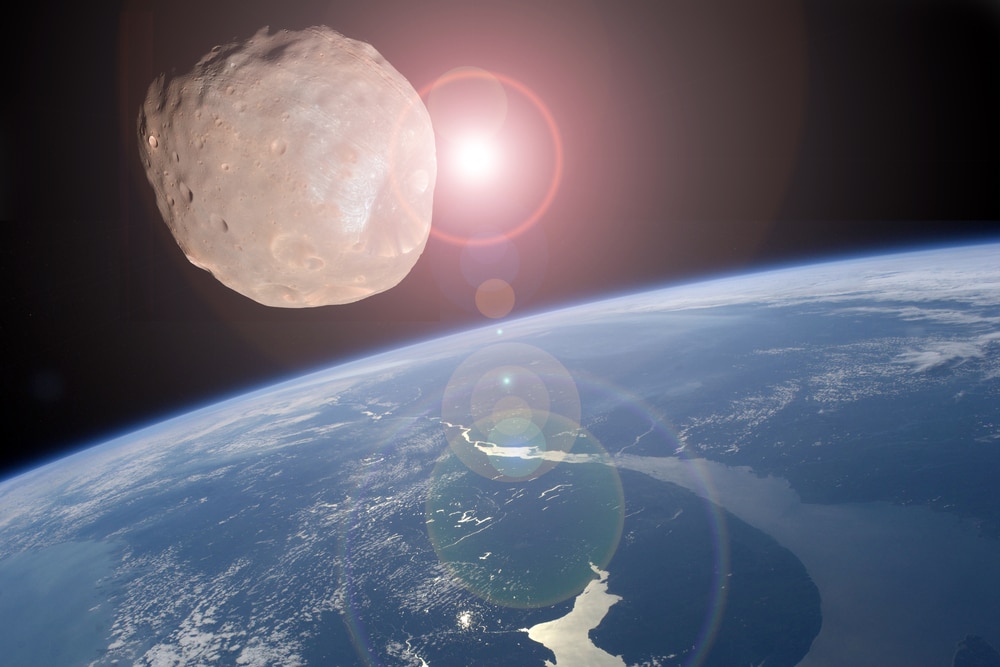A newly discovered asteroid roughly the size of an Olympic swimming pool has a “small chance” of colliding with Earth in 23 years, with a potential impact on Valentine’s Day in 2046, according to NASA’s Planetary Defense Coordination Office.
According to CNN, The asteroid has a 1 in 625 chance of striking Earth, based on data projections from the European Space Agency, though NASA’s Jet Propulsion Laboratory’s Sentry system calculated the odds closer to 1 in 560. The latter tracks potential collisions with celestial objects.
But the space rock — named 2023 DW — is the only object on NASA’s risk list that ranks 1 out of 10 on the Torino Impact Hazard Scale, a metric for categorizing the projected risk of an object colliding with Earth.
All other objects rank at 0 on the Torino scale. Though the 2023 DW tops the list, its ranking of 1 means only that “the chance of collision is extremely unlikely with no cause for public attention or public concern,” according to the Jet Propulsion Laboratory, while a 0 ranking means the “likelihood of a collision is zero, or is so low as to be effectively zero.”
“This object is not particularly concerning,” said Davide Farnocchia, a navigation engineer at the Jet Propulsion Laboratory in Pasadena, California.
NASA officials have warned that the odds of impact could be dramatically altered as more observations of 2023 DW are collected and additional analysis is performed.
“Often when new objects are first discovered,” NASA Asteroid Watch noted Tuesday on Twitter, “it takes several weeks of data to reduce the uncertainties and adequately predict their orbits years into the future.”
It’s common for newly discovered asteroids to appear more threatening when first observed. Most often, the threat associated with a specific object will decrease as additional observations become available.
“Because orbits stemming from very limited observation sets are more uncertain it is more likely that such orbits will ‘permit’ future impacts,” the Center for Near Earth Object Studies, located at the Jet Propulsion Laboratory, notes on its website.
“However, such early predictions can often be ruled out as we incorporate more observations and reduce the uncertainties in the object’s orbit,” it reads. “Most often, the threat associated with a specific object will decrease as additional observations become available.”
It may be a few days before new data can be collected because of the asteroid’s proximity to the moon, Farnocchia noted in an email to CNN. The last full moon was two days ago, and it still appears bright and large in the sky, likely obscuring 2023 DW from immediate observation, he said.
“But then the object will remain observable for weeks (even months with larger telescopes) so we can get plenty of observations as needed,” he added.
















